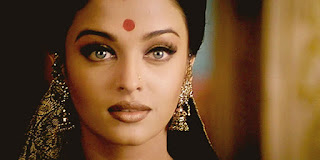
 The Importance of Maang Tikka for Indian Brides
The Importance of Maang Tikka for Indian Brides
India is well known for its love for jewelries and the significance of jewelries in its culture for centuries. The shining glory of the Indian tradition has to be the bridal jewelry. Bridal jewelry is mandatory for all Indian brides and the jewelry worn by a bride on her wedding is a reflection of her family background and her aesthetic position in the society. Maang Tikka is a mandatory and one of the most significant bridal jewelry in the Indian culture. It is made up of a large center piece that is decorated with precious gems and it is worn on the forehead. The maang tikka can be work together with the following jewelry:
The Nath which is a nose ring that is used to accessorize the wedding look
Earrings which act as accessories as well as protection from evil spirits according to Indian culture
Bangles to accessorize the look
The maang tikka, Indian head jewelry and most Indian jewelries were derived from the ancient Indian paintings and artifacts. The maang tikka is important to Indian brides in different ways and they are discussed below.
It is a representation of the third eye or power of the soul
The maang tikka represents the bride’s eye. It gives the bride power, will and wisdom to handle the marriage well. In India, the brides are the ones who marry and therefore they are expected to take charge in the marriage and make it work. The tikka is believed to give the bride power, wisdom and the will to make the marriage right.
It is used for protection from evil spirits and energy
When a wedding is done, not everyone is usually happy about it. The maang tikka is believed to give the bride protection from evil forces that may try to destroy the wedding or marriage. The tikka has religious ties from the ancient Indian Culture and therefore when a bride adorns it; it is believed that they are protected from any negative or evil forces that are against the wedding or marriage.
It signifies a union between the bride and groom
The tikka is placed at the center of the forehead. According to Indian culture, this center of the forehead is believed to be the residing place for the Ajna Chakra. This chakra according to the culture preserves two petals and a deity that is half male and half female. This deity represents the ultimate union of the two halves which signifies the union of man and woman in nature. So if the bride has the tikka on, then naturally she has been unionized with groom in a natural manner.




















